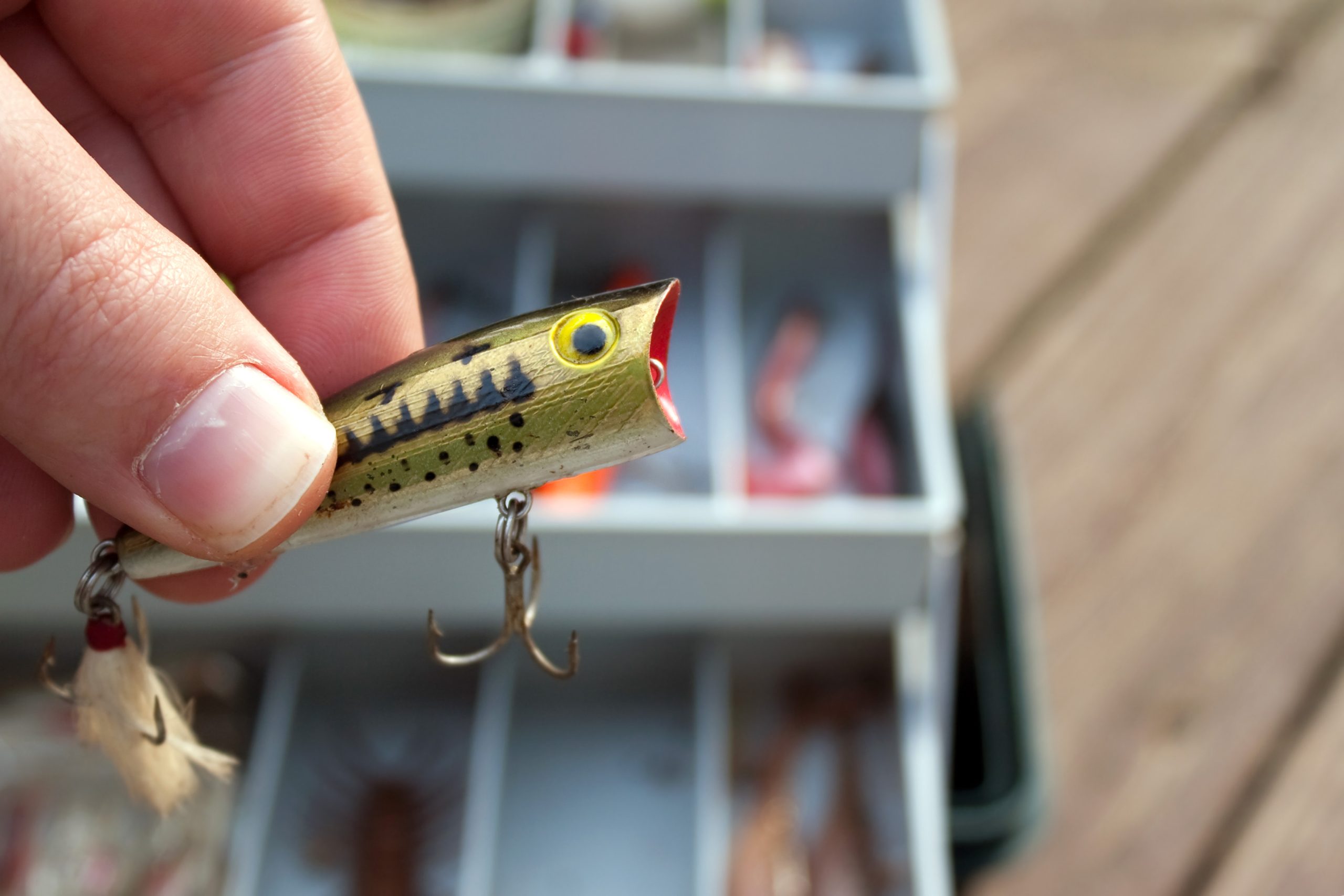Welcome to the world of bass fishing! Whether you’re a beginner or an experienced angler, there’s always something new to learn about this exciting sport. In this blog post, we will explore the art of bass fishing and share some tips and tricks from a pro. Let’s get started!

Introduction to Bass Fishing
Bass fishing is a popular pastime that involves catching black bass, which are known for their strength and agility. These fish can be found in freshwater lakes, rivers, and ponds throughout North America. While bass fishing may seem simple at first glance, it requires skill, knowledge, and practice to become proficient. With the right tools and techniques, however, anyone can enjoy success on the water.
The Art of Lure Selection
One key aspect of bass fishing is selecting the right lures. There are many different types of lures available, including crankbaits, jigs, spinnerbaits, and more. Each type has its own unique characteristics and is designed to mimic specific prey items that bass feed on. When choosing a lure, consider factors such as water clarity, depth, and time of year. For example, during the spring, bass tend to feed heavily on shad, so using a lure that resembles this baitfish can result in successful catches.
Techniques and Tactics for Catching Bass
Once you have selected your lure, it’s time to focus on technique. One important tactic is to use cover effectively. Bass love to hide in structures like rocks, trees, and docks, so casting into these areas can often produce results. Another effective technique is to work the bottom of the lake with jigging motions. This imitates the action of a crawfish, which is a favorite food of bass. Additionally, experimenting with different retrieval speeds and patterns can help trigger strikes from wary fish.
How to Read the Water and Find the Best Spots
Another critical component of bass fishing is reading the water and finding the best spots. Look for areas where the water is deepest and has the most structure, such as drop-offs or points. Also, pay attention to the weather and wind direction, as these factors can impact where the fish are located. Finally, don’t forget to listen to your instincts and trust your gut when deciding where to cast. Sometimes, the most unlikely looking spot can hold a monster bass just waiting to be caught.
In conclusion, bass fishing is both an art and a science. By mastering the skills discussed above, you can improve your chances of landing trophy-size bass and enjoying all the thrills and excitement that come along with this rewarding hobby. So grab your gear, hit the water, and start practicing those techniques – before long, you’ll be reeling in the big ones with ease!































































